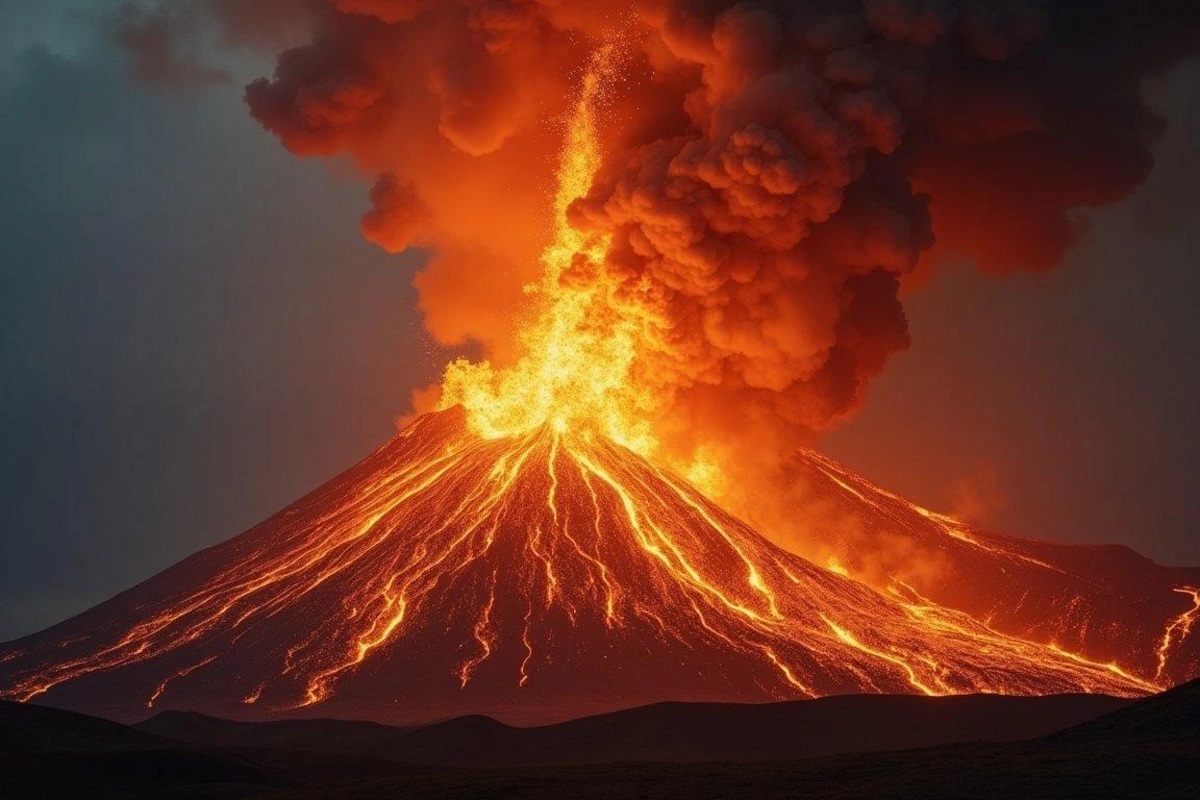When the Sky Fell: The Mystery of the Most Deadly Year in History

Twilight of Humanity: Why 536 AD Became the Darkest Year in History
Harvard scientists have shocked the world with a sensational discovery: 536 AD has been recognized as the most catastrophic period in human history. The study, published in the prestigious journal Science, reveals horrifying details of a global cataclysm that changed the fate of civilizations for centuries.
The Fog That Swallowed the Sun
For a year and a half, vast lands of Europe and Asia were shrouded in an impenetrable fog that almost completely deprived the world of sunlight. Contemporaries called this time "the year without summer". Scientists discovered that daylight resembled the weak light of a full moon - humanity plunged into eternal twilight. Climate analysis showed a record temperature drop of 2.5 degrees Celsius - the most severe cooling in the last 2500 years. Professor of paleoclimatology Michael McCormick, who led the research, says: "It was a world where the sky collapsed onto the earth, the sun faded, and cold gripped everything alive".
The Trace of Volcanic Fury
The key to the mystery was found in Greenland ice cores. High concentrations of sulfur in atmospheric layers pointed to a powerful volcanic eruption in the northern hemisphere. Colossal emissions of ash and sulfur compounds into the stratosphere caused a "volcanic winter" that shrouded the planet in darkness. This was just the beginning: new eruptions in 539, 540, and 547 AD, likely from Icelandic volcanoes, intensified the chaos, prolonging the climatic anomalies.
Famine, Plague, and the Collapse of Civilizations
The consequences were apocalyptic. Crops died, agriculture collapsed, and mass famine began. Byzantine historian Procopius of Caesarea wrote: "The sun gave forth its light without brightness, like the moon, throughout the whole year". Chinese chronicles noted "yellow fog, weak sun, and crop failures". And in 541, the weakened world was struck by the Justinian Plague - the first recorded pandemic of bubonic plague. It erupted in Constantinople and claimed up to 50 million lives, destroying almost half the population of the known world at that time.
The cascade of disasters - volcanoes, cold, famine, and plague - became a turning point. Archaeologists record a sharp decline in construction, trade, and coin minting. Historian Kyle Harper concludes: "It was a collapse of civilizations. The ancient world gave way to the Middle Ages". These events accelerated the fall of the Western Roman Empire, opening a dark chapter in history.
Lessons from the Past
The Harvard study not only reveals the mysteries of 536 AD but also reminds us of the fragility of our civilization in the face of nature. A world in twilight - this is a warning, carved in ice cores and ancient chronicles, about how quickly light can fade even in the greatest epochs.
Similar News
Apple is developing an innovative strap for wearing iPhone 17
According to rumors, Apple is preparing to introduce a new accessory for its future iPhone 17 lineup – a strap that will allow users to conveniently wear the sm...




 Azərbaycanca
Azərbaycanca  По-русски
По-русски  English
English 





